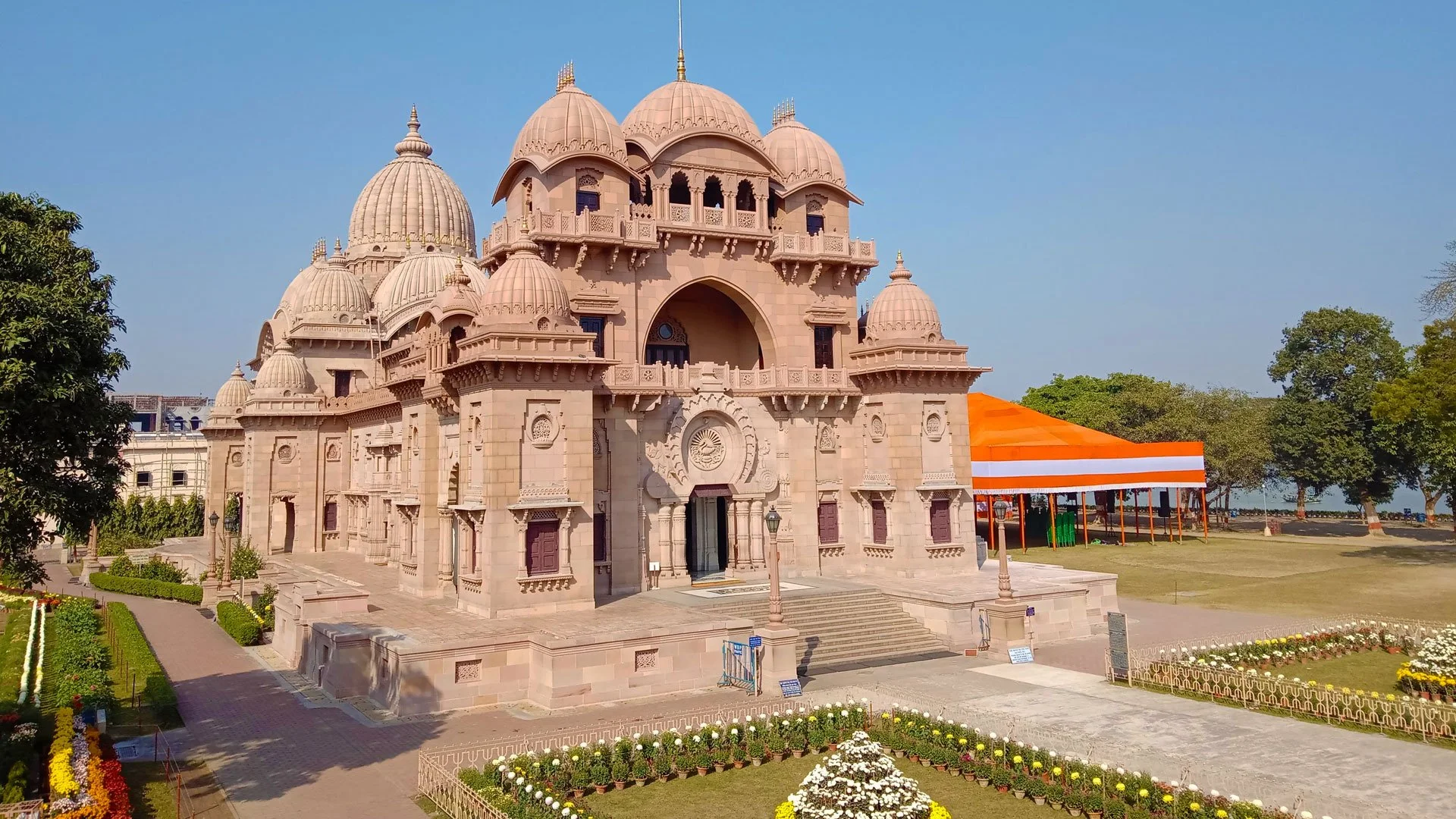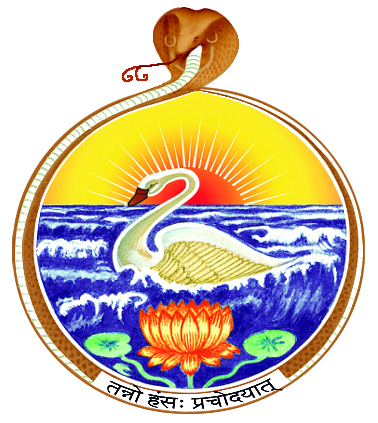Ramakrishna Order
The Ramakrishna Order, with headquarters in Kolkata, is one of the largest and most respected religious orders in India today. The Order was inspired by the great saint, Sri Ramakrishna. Shortly before his death in 1886, Sri Ramakrishna encouraged his young disciples to formally renounce the world by giving them the ochre cloth of renunciation. He entrusted the care of these young men to his foremost disciple, Swami Vivekananda, who later, in 1897, founded the Ramakrishna Order. The headquarters of the Order is in Belur Math, near Kolkata, India.
The Ramakrishna Order was formed along two parallel lines: The Ramakrishna Math, which is primarily dedicated to spiritual development, and the Ramakrishna Mission, which is dedicated to social service. The order teaches that the goal of life is to realize God, and that this can be done through a variety of paths, including devotion, meditation, and service.
The Order is active in a variety of social service activities, including education, healthcare, poverty alleviation, and disaster relief. The order also works to promote interfaith dialogue and understanding.
There are over 166 official centers of the Ramakrishna Order, and many more unofficial ones, in almost every continent. The branches of the Ramakrishna Order located outside India are generally known as Vedanta Societies, and are under the spiritual guidance of the Ramakrishna Order. The work of the Vedanta Societies in the West has primarily been devoted to spiritual and pastoral activities, though many of them do some form of social service.
Branches of the Ramakrishna Order
Headquarters
The headquarters of Ramakrishna Order are situated at an area named Belur in the district of Howrah, West Bengal, India. The entire campus of the headquarters is popularly known as ‘Belur Math’. Sprawling over forty acres of land on the western bank of the river Ganga, the place is an hour’s drive from Kolkata.
Emblem of the Ramakrishna Order
The emblem of the Ramakrishna Order designed by Swami Vivekananda is a unique and unparalleled work of art created by one of the richest minds in contemporary history in an exalted mood of spiritual inspiration and represents the core values of the organization. The emblem consists of a number of different elements, each of which has its own meaning.
The emblem depicts the four paths to God:
The wavy waters—unselfish work, or Karma Yoga.
The lotus—love of God, or Bhakti Yoga.
The rising sun—knowledge, or Jnana Yoga.
The encircling serpent—awakening of spiritual power, or Raja Yoga.
The swan in the picture stands for Param-Atman. Therefore, the ideal of the picture is that by the union of Karma, Jnana, Bhakti and Yoga, the vision of the Param-Atman is obtained".
It is a profound symbol of harmony and synthesis for reverential meditation in the present age of conflict and disharmony. This is indeed the most eloquent expression of what he really preached, what he wanted every man and woman to be, to realize, either in the East or in the West.
The goal is to realize, in this very life, one's real Self, the self-effulgent Atman, the Swan in the emblem and through this realization to be free of all limitations, all bondages, all littleness. This spiritual freedom is one thing to aspire for and achieve in this very life and become one with Existence-Knowledge-Bliss Absolute.
In addition to the elements mentioned above, the emblem also includes a motto in Sanskrit: "For one's own salvation, and for the good of the world." This motto reflects the Ramakrishna Order’s commitment to both individual spiritual growth and social service.



